test:Conceptual art
Joseph Kosuth
description
Joseph Kosuth was a master famous for his installations, in particular, «One and three chairs» (1965).
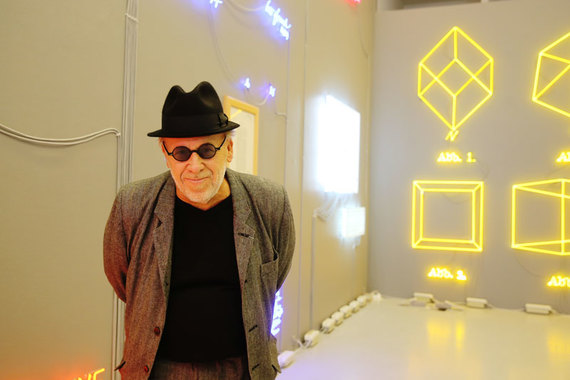
Answers
Option 1
Option 1
Option 2
Option 2
Option 3
Option 3
Option 4
Option 4
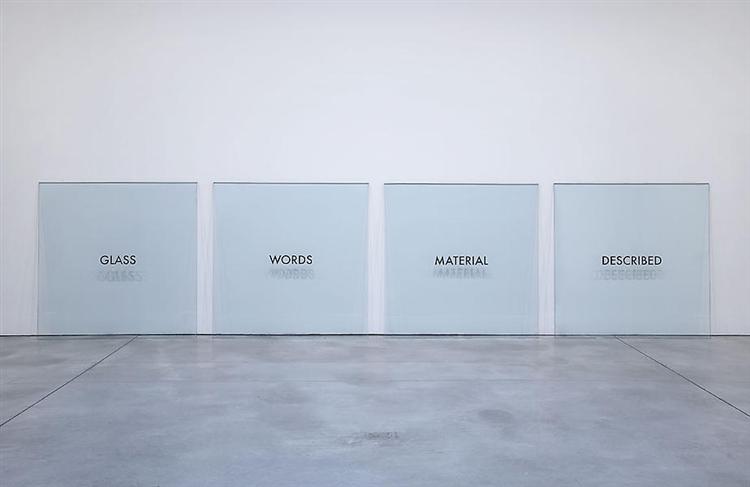

Answers
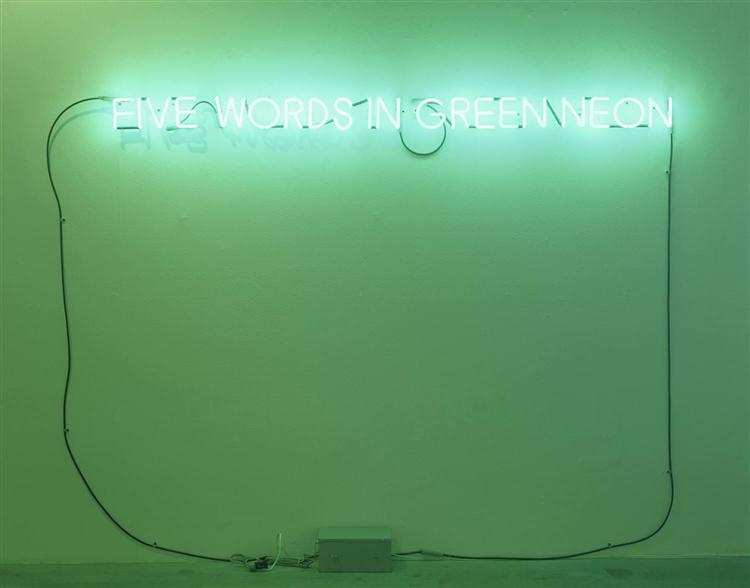

Answers


Answers
Option 1
Option 1
Option 2
Option 2
Option 3
Option 3
Option 4
Option 4
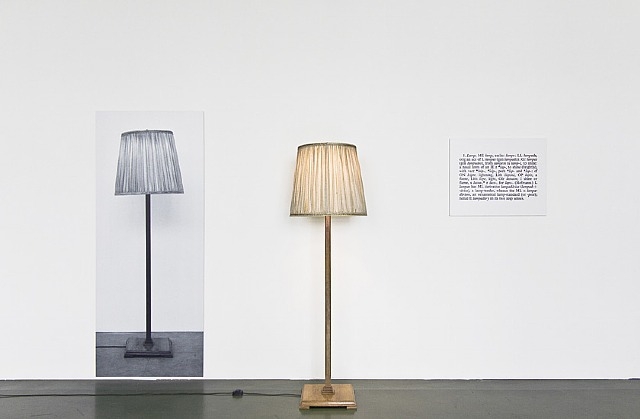

Answers
test:Conceptual art
Wrong
answer
Right answer:
One and three photograph English-German, 1965
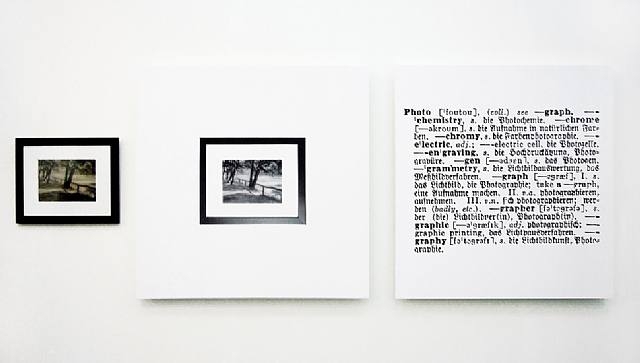

Answers
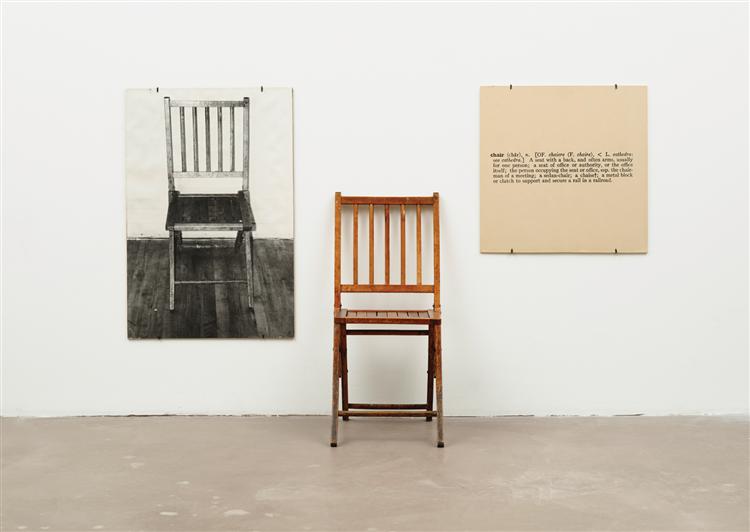

Answers
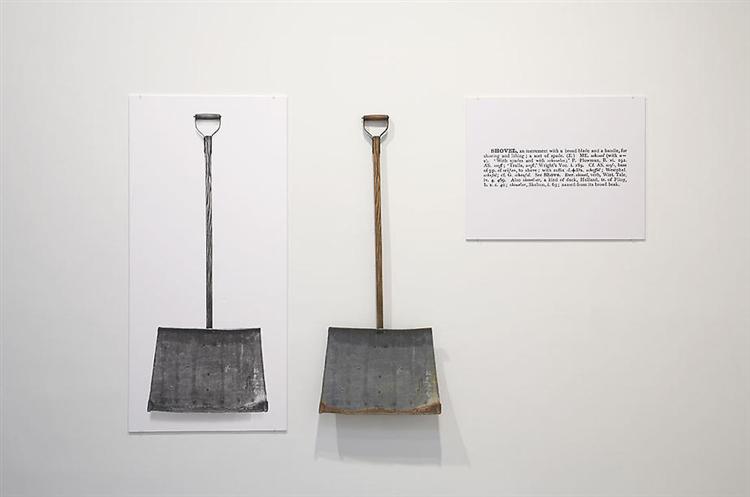

Answers
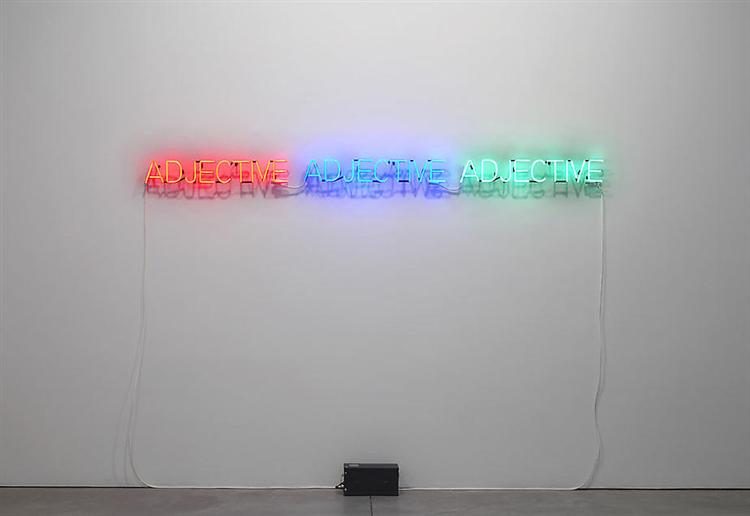

Answers
Option 1
Option 1
Option 2
Option 2
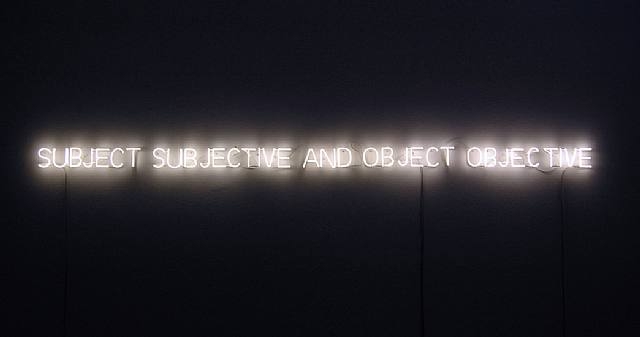

Answers
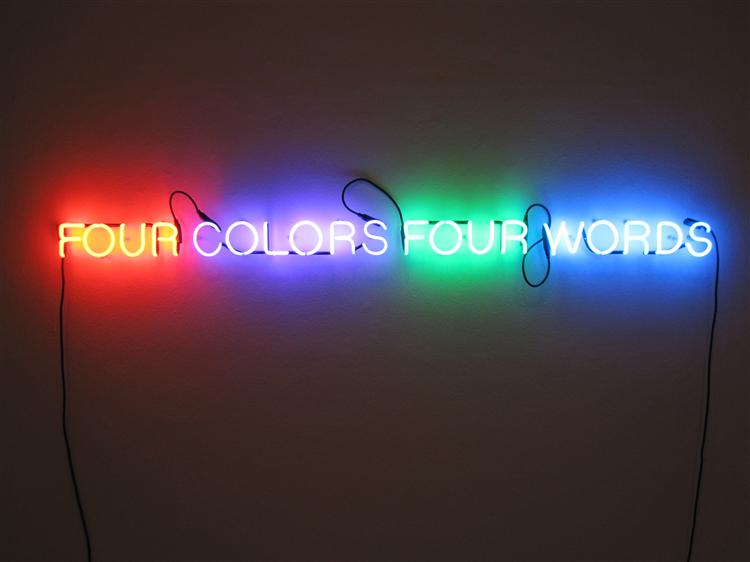

Answers
Option 1
Option 1
Option 3
Option 3
Option 4
Option 4
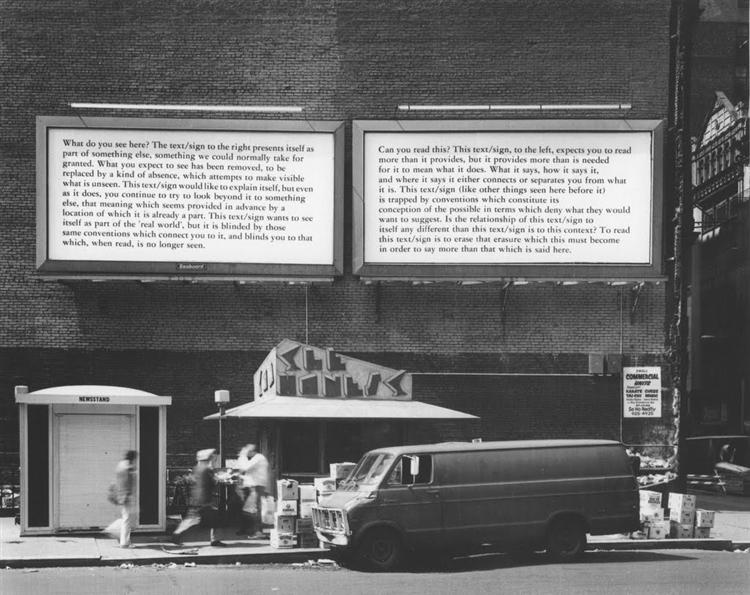

Answers
Option 2
Option 2
Option 3
Option 3
Option 4
Option 4
test:Conceptual art
Wrong
answer
Right answer:
Information Room (Special Investigation), 1970
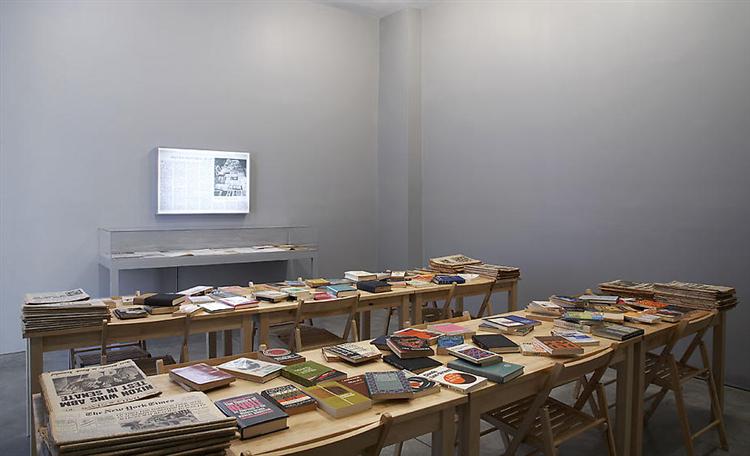

Answers
Option 1
Option 1
Option 2
Option 2
Option 3
Option 3
Option 4
Option 4
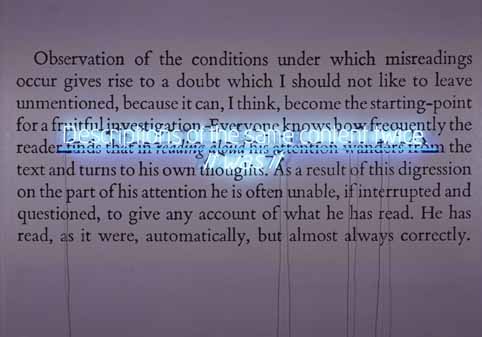

Answers
Option 1
Option 1
Option 2
Option 2
Option 3
Option 3
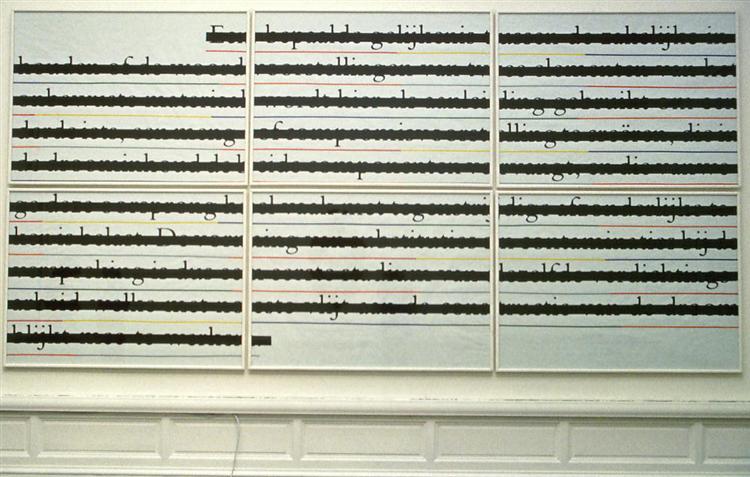

Answers
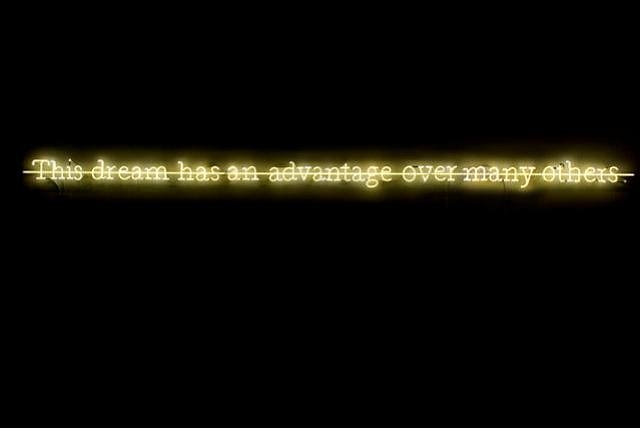

Answers
Option 1
Option 1
Option 2
Option 2
Option 3
Option 3
Option 4
Option 4
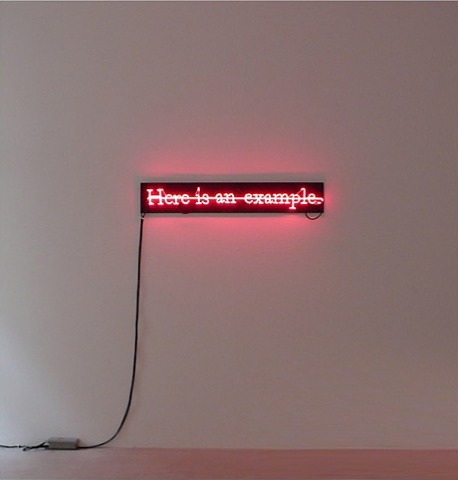

Answers
Option 2
Option 2
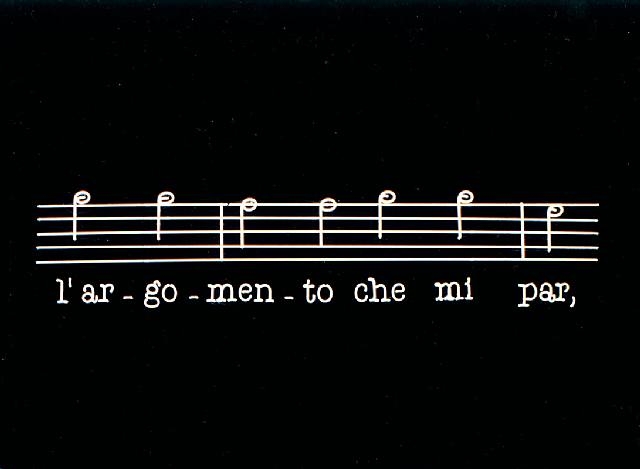

Answers
Option 4
Option 4


Answers
Option 1
Option 1
Option 2
Option 2
Option 3
Option 3
Option 4
Option 4
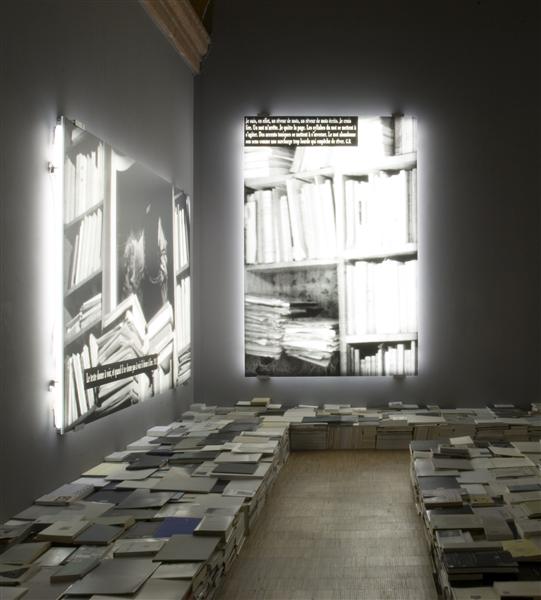

Answers
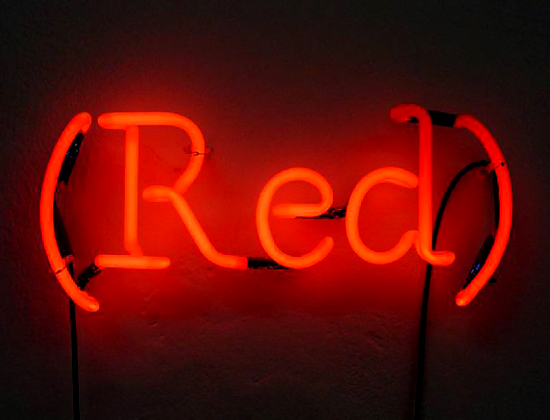

Answers
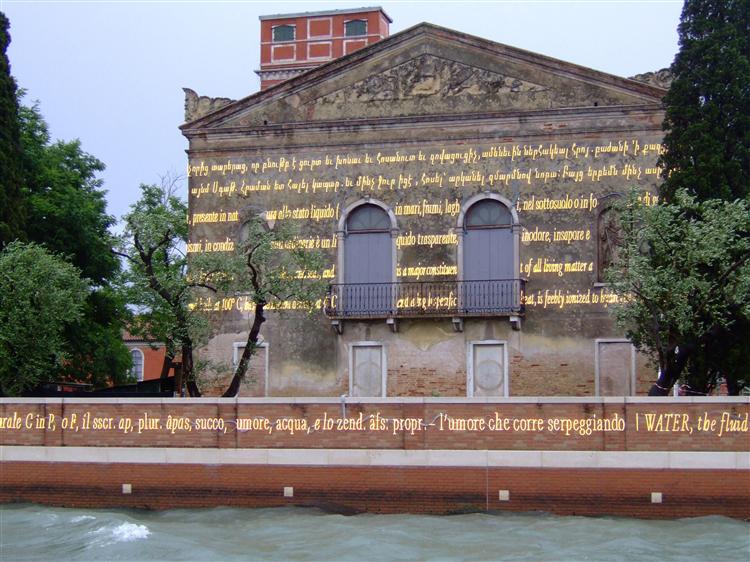

test:Conceptual art
Joseph Kosuth
correct answers
Joseph Kosuth was a master famous for his installations, in particular, «One and three chairs» (1965).
